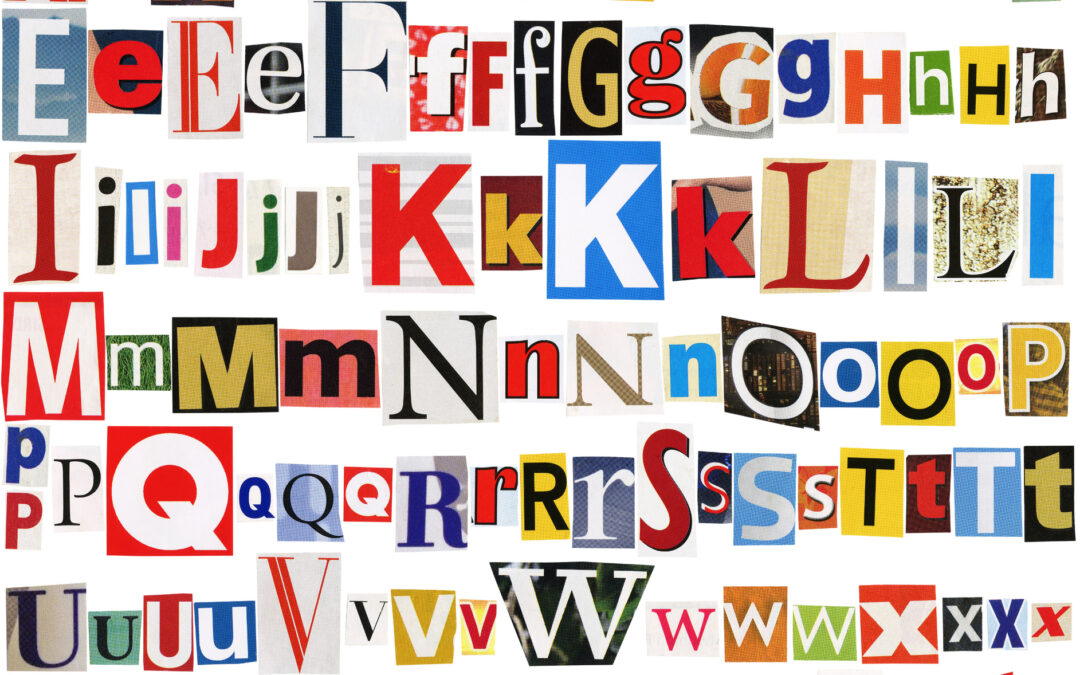Imagine you are writing a brief. You’ve researched the law, persuasively presented your facts, and crafted a compelling argument explaining why you should win. You might think that now you’re done! But experienced appellate attorneys understand that much work remains before your brief is ready for filing.
That is because there are many complicated formatting rules and best practices that you must follow to ensure your brief is as polished as possible. One of the issues you must consider is font choice.
The rules on fonts can be maddeningly complicated. Different courts have different, and sometimes even contradictory, preferences and requirements and they update them from time to time, making it necessary to double check the requirements regularly.
First, they disagree about size. Minnesota appellate courts require 13 point font (Minn. R. Civ. App. P. 132.01), while most federal courts require 14 point font (FRAP 32(a)(5)). Some federal appellate courts have varied this requirement by local rule. For example, the 7th Circuit allows 12 point font in main text and 11 point font in footnotes.
There is also disagreement about font style. For example, the DC Circuit recently announced it is now discouraging the use of Garamond as a font choice for briefs. Instead, the DC Circuit encourages the use of Century or Times New Roman. The Minnesota Rules of Civil Appellate Procedure do not expressly prohibit any font styles, but Federal Rule of Appellate Procedure
32(a)(5) prohibits sans-serif fonts in principal sections of the brief. (They do allow such fonts for headings.) That means fonts like Helvetica, Arial, and Verdana are out.
The 7th Circuit has provided more guidance beyond FRAP 32(a)(5) in its Practitioner’s Handbook for Appeals. Contrary to the DC Circuit which encourages Times New Roman, the 7th Circuit points out that Times New Roman was designed to serve an audience looking for a quick read. Of course, you do not want your judges to rush through reading your brief. Therefore, fonts created for books, rather than newspapers, might be a better choice. Book fonts include Book Antiqua, New Baskerville, Century, Bookman Old Style, and Palatino. The 7th Circuit makes clear though that these are only suggestions, not requirements. The 8th Circuit provides a link on its website to the 7th Circuit’s handbook and generally endorses its views.
It is easy to overlook the importance of these rules and guidelines. After all, surely the judges are more interested in deciding cases on the merits than based on which attorney uses the best-looking font. But font choice does matter. If you fail to comply with a court’s minimum requirements, your brief could be rejected before it even reaches the judges. That means you must obey rules regarding font size and in federal courts, you must absolutely not use sans-serif fonts. In Minnesota appellate courts, the judges will attempt to read any font style you submit to them, and assuming your brief is not in Wingdings they should generally understand your argument.
On the other hand, while failing to comply with a court’s stated preferences that have not been incorporated into rules won’t get your brief rejected, you shouldn’t celebrate about meeting the bare minimum. After all, appellate judges spend their days reading thousands of pages of briefs. It is therefore unsurprising that many have developed preferences for the finer details of how to format and organize appellate briefs. After a long day of reading, anything you can do to make it easier or more enjoyable for the judge to understand your argument is a plus.
So while it may be true that font choice isn’t as important as the content of your argument, it does matter. And when the stakes are high on appeal, you should be seizing every little advantage available.
If you are looking for an Appellate Attorney in Minnesota who pays attention to the little details, please contact Lommen Abdo attorneys Michelle Kuhl and Kay Hunt.

